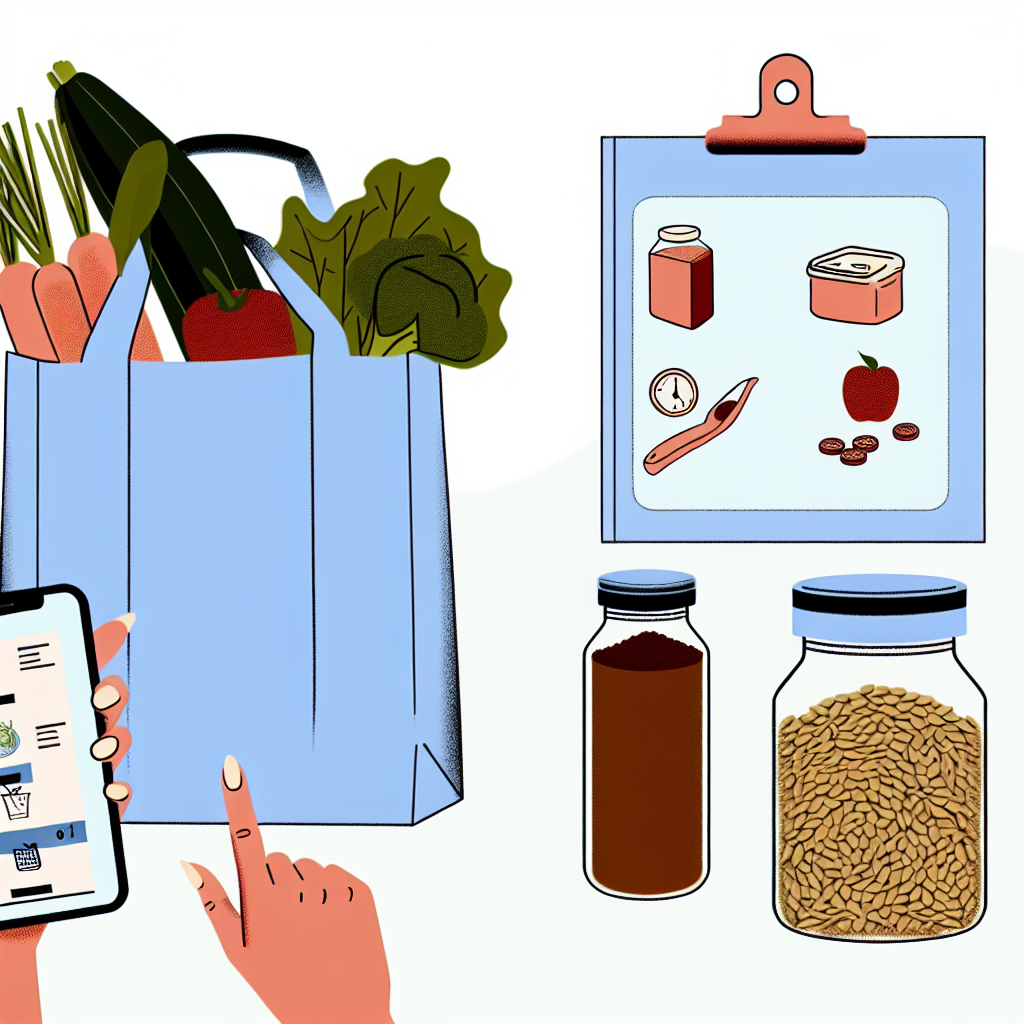10 Creative Ways to Cut Your Grocery Bill While Going Zero Waste
Introduction
Welcome to Frugal Zeitgeist! We’re here to show you that living eco-friendly doesn’t have to cost more money. Today, we’re sharing tips on how to save on groceries while living a zero waste lifestyle. It might seem tricky—saving money while also helping the environment—but with the right tricks, you can ditch waste without spending too much. Are you ready to become a zero waste hero? Let’s dive in!
Understanding Zero Waste
First, let’s understand what zero waste means. It’s not about creating zero trash but about reusing resources as much as possible. Think of it like being a superhero for the trash can, saving the planet one reusable bag at a time! Besides being good for the earth, zero waste can save you money. By buying durable goods and using resources smartly, you can spend less over time.
And don’t believe the myth that zero waste is expensive. It’s about making better choices, which often cost less in the long run—like switching from bottled water to a cool reusable bottle.
Check Your Inventory and Plan Meals
Before shopping, play detective and check what’s already in your fridge. Knowing what you have stops you from buying the fifth jar of peanut butter that you don’t need.
Meal planning is key. It avoids the “what’s for dinner” panic and keeps you from splurging on unnecessary items. Here’s how to start:
- List meals for the week using what you already have.
- Plan meals that use similar ingredients to avoid waste.
- Be flexible and use leftovers!
Buy in Bulk and Skip Packaging
Buying in bulk is good for both your wallet and the planet. It cuts down packaging waste and usually lowers the cost per item. Look for local markets with bulk sections. Here’s how to make bulk shopping work:
- Find stores nearby with bulk sections.
- Bring your own containers to reduce plastic use.
- Store items in labeled jars at home so they’re easy to find.
Choose Seasonal and Local Produce
Seasonal produce tastes better and costs less because it didn’t travel far to reach you. Plus, buying local helps the community continue to thrive.
To find seasonal and local produce, try:
- Visiting local farmers’ markets for fresh deals.
- Joining CSA programs for regular produce boxes.
- Checking the seasonal section at your grocery store—it’s often on sale.
Use Reusable Bags, Jars, and Containers
Say goodbye to single-use plastic and hello to your new, sturdy friends! While there’s an initial cost, you save money over time. Here’s how to stay prepared:
- Keep cloth bags in your car or near the door.
- Invest in versatile containers like jars and beeswax wraps.
- Attach a reminder note to your grocery list to not forget them.
Start a Herb and Vegetable Garden
Even if you’re not a gardening expert, you can start a mini garden. It reduces grocery trips and cuts down on packaging waste, and you’ll love eating food you’ve grown yourself.
Start with these easy-to-grow plants:
- Basil, mint, and parsley for fresh herbs anytime.
- Cherry tomatoes that thrive in small spaces.
- Lettuce and greens for quick salads.
If you live in an apartment, try vertical gardening or window boxes to save space.
Learn to Preserve and Store Food
Preserving food makes groceries last longer, saving waste and money. Here are some methods:
- Can sauces and jams for later use.
- Freeze almost anything, from fruits to leftovers.
- Ferment a few ingredients to make healthy foods.
Look at resources like the National Center for Home Food Preservation for help.
Cook from Scratch and Skip Processed Foods
Pre-packaged foods cost more and have lots of packaging waste. Cooking from scratch saves money and improves health. Start with simple recipes using whole foods, like:
- Hearty soups with leftover veggies.
- Bread made from basic ingredients.
- Flavorful stews cooked in bulk for future meals.
Batch cooking helps stretch groceries over many meals.
Use Leftovers Creatively
Turning leftovers into new meals reduces waste and keeps things exciting. Here’s how to make yesterday’s dinner new:
- Make a sandwich with leftover roast.
- Turn rice into a stir-fry.
- Use leftovers in soup to clear the fridge.
Challenge yourself to keep leftovers to a minimum by trying new recipes!
Join Food Sharing or Co-Op Programs
Joining food sharing or cooperative buying groups means pooling resources and buying in bulk for less. Here’s how to connect:
- Check online forums or social media.
- Look for food co-ops nearby.
- Host a community food swap to share what you have.
Make a Compost Bin
Composting turns food scraps into gold for your garden. Here’s how to start:
- Buy or make a compost bin for your kitchen or yard.
- Toss in fruit scraps, coffee grounds, and eggshells.
- Use the compost to help your garden grow.
Conclusion
There you go, savvy savers! These strategies will help you cut costs while reducing waste. Try a few of these tips and watch your grocery bill and trash pile shrink. Here at Frugal Zeitgeist, we’re happy to support your journey to smarter, greener living.
Additional Resources
For more on low-impact living, check out:
- Books: “Zero Waste Home” by Bea Johnson
- Websites: Zero Waste Bloggers Network
- Documentaries: “The True Cost”
Join local zero waste communities to share tips and celebrate your kitchen victories!
